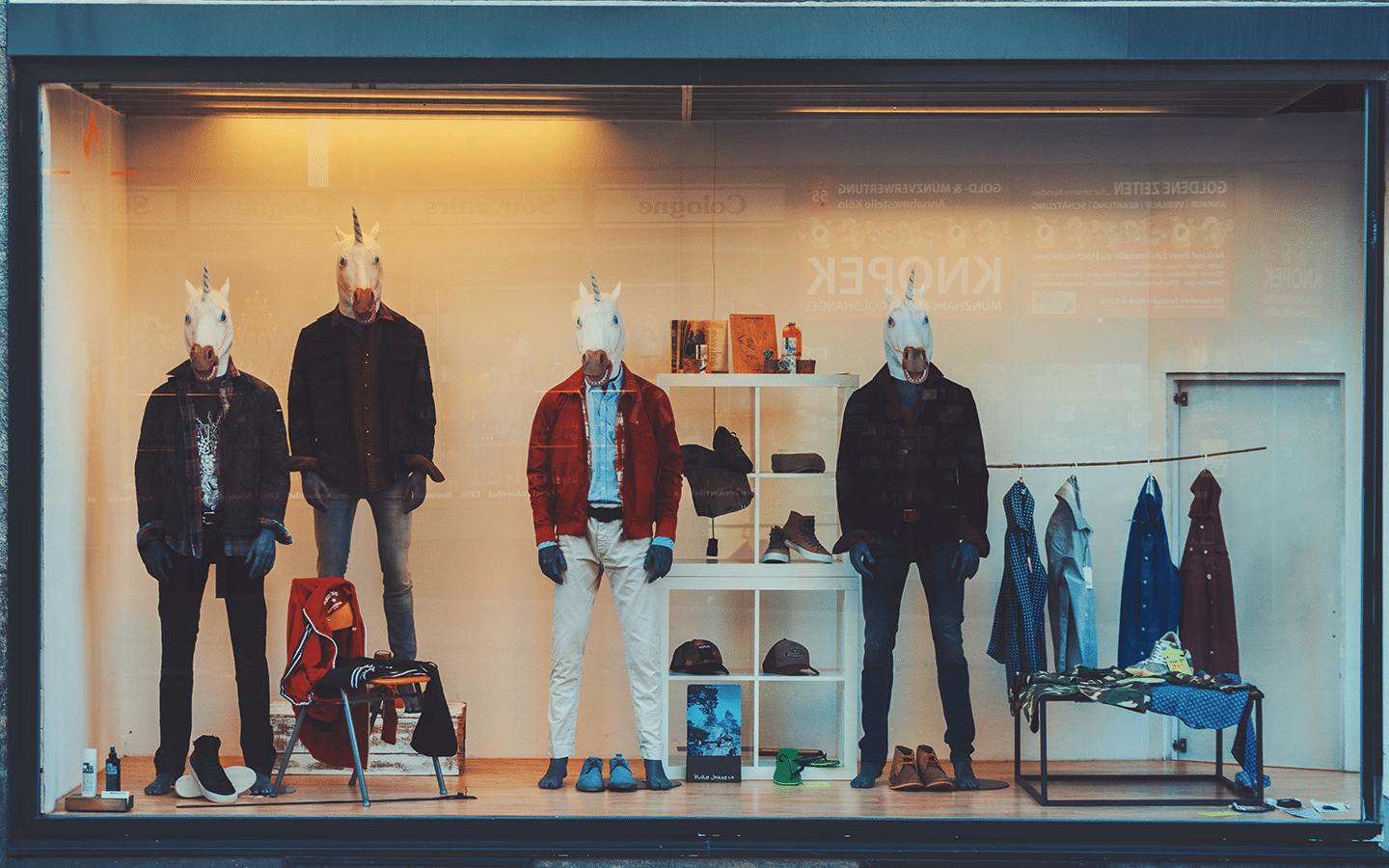From the traditional point of sale to the connected shop
Digital initiatives or the term “connected shop” are nothing new to anyone, but the “physical” sales outlets that saw e-commerce arrive as a competitor at the end of the 90s are looking to find a new positioning in order to promote their aspect of proximity to the end customer.
Clearly, e-commerce will not kill off the physical shop, given that the percentage of online sales represents 5.8% and will account for 6.2% of all retail sales in France in 2018, both food and non-food (source: Statista). Each has its followers, but the shop must be seen as a true place of customer experience, where advice and enrichment must be the watchwords. In fact, a divide has formed between the physical and digital worlds, but the advent of the latter is forcing the standard shop to modernise and use new technologies to discover innovative sales methods.
On the road to the connected shop
UCOPIA, a specialist in Wi-Fi connectivity, is building on its move into Proximity Marketing to apply its expertise on a daily basis to the problems faced by different sectors, particularly retail chains. Sébastien Bloch, Sales Director, gives us his views on the digitalisation of points of sale and the connected shop of today and tomorrow. Find out more about personalising the connected shop experience through UCOPIA solutions.
Sébastien, can you give us your vision of today’s shopper and what the connected shop will mean for them?
Today’s shoppers can be divided into several categories. The first is made up of people for whom it represents an outing; they will spend a day in a shopping centre to have fun, enjoy themselves, spend a day with friends or family, without having any concrete purchasing intentions.
The second category, on the other hand, has a need for a specific product, which prompts them to go to a shop targeted to that need. In this second case, the majority of people will have already evaluated the product on qualitative and financial criteria beforehand on the internet. Why buy a product in a shop when you can get it online without having to go anywhere? Here the notion of security comes into play, as some people need to see the product or be advised by an expert.
The third category is linked to digital: you will receive a newsletter from a brand to which you have subscribed and it will present you with an exceptional offer, a private sale, etc. You will then go to the point of sale to take advantage of this offer. You will then go to the point of sale to take advantage of the offer.
Proximity marketing will work in this direction by going further for all these types of consumer and enabling them to receive offers tailored to their expectations, in real time, when they are in or around the shop.
With UCOPIA, we have been working on this proximity marketing, and are putting in place tools that will enable us to propose tailored, hyper-targeted and geolocated offers for a better customer experience within a connected shop.
With this in mind, what do you think of the current digitalisation of shops in France?
Some shops are introducing more and more digital innovations, such as promotional screens and tablets for more information or to order a product that is out of stock. In fast-food restaurants such as McDonald’s, Burger King and KFC, you can find interactive screens for ordering menus. In some cases, waiters take orders in the queue using tablets. These innovations greatly improve the customer experience. However, I believe that we can still improve this in-store customer experience, following the example of countries such as the United States, Japan and China, which are known for the phygitalisation of their public spaces. In the United States, Ray Ban shops offer an immersive virtual reality experience to help customers personalise and choose their glasses, before encouraging them to share the results with their friends and family on social networks!
To stand out from the crowd, today’s shops need to create the best possible customer experience. Séphora, for example, is proposing new concepts combining connected commerce and proximity to the customer: lots of consultants, new-generation sample dispensers, and it seems to be working rather well for them! Today, we are increasingly dependent on new technologies, and why do without them if we can enrich the in-store experience?
What do you see as the next stage in the digitalisation process?
To offer the best customer experience, the best immersion and the most personalised customer welcome possible, thanks to new technologies and in particular Wi-Fi.
I think that retailers have every interest in transforming their points of sale so that the product is no longer the focus, but rather the experience. More and more shops are springing up, like the Merci boutique in the Marais district of Paris. It offers fashion, household linen and interior decoration. Aside from the products on offer, it’s the concept of the shop as a place where people can live together in solidarity that really stands out. You can come in for a coffee while reading a book from their library, and enjoy the fact that part of the profits go to a good cause!
It’s the sum of all these elements that shapes the customer experience and makes them want to come back. And if the customer does come back, why not give them a personalised welcome as soon as they enter the shop, by sending them a real-time notification inviting them in for a coffee or offering them an exclusive product!
That’s the next step, to be recognised at the point of sale in the same way as you are online, and to enjoy a differentiating digital experience. The phygitalisation of the point of sale!








